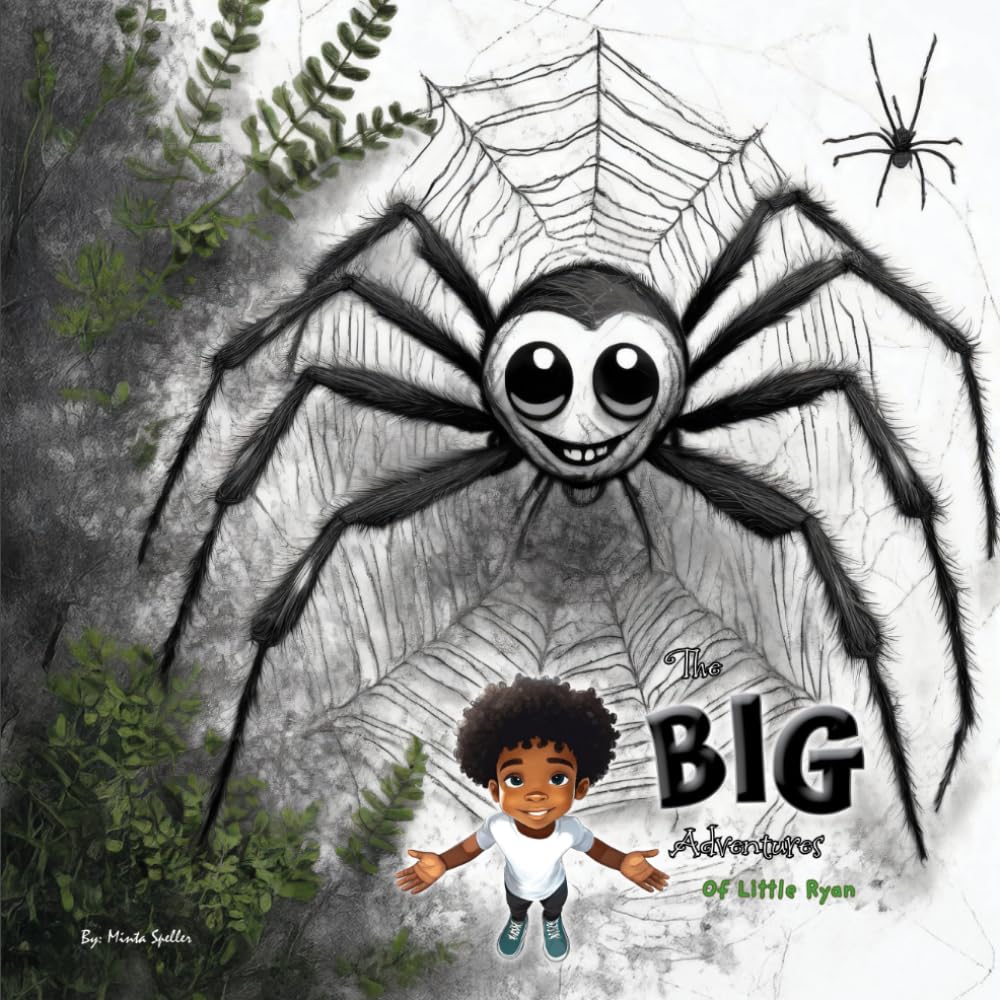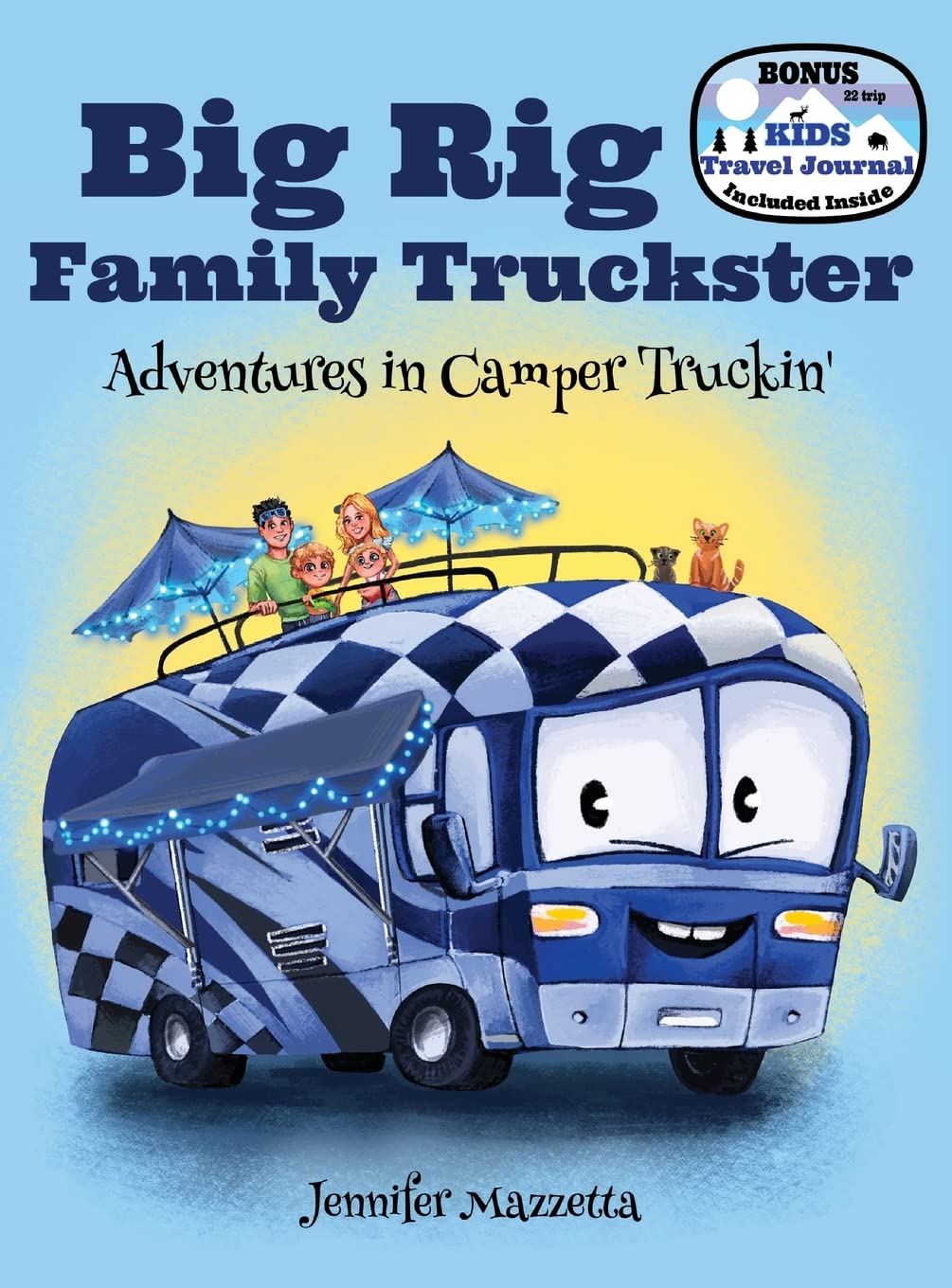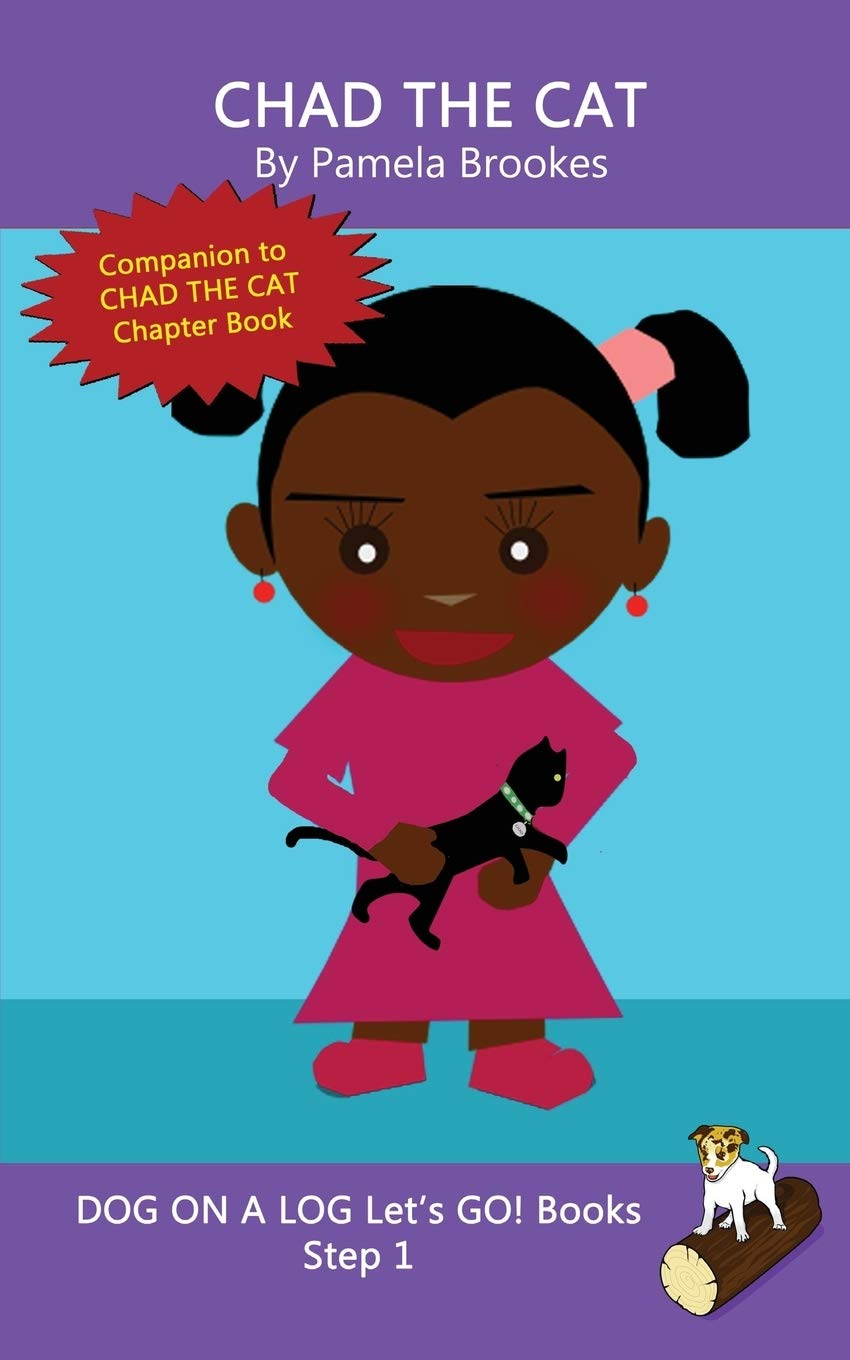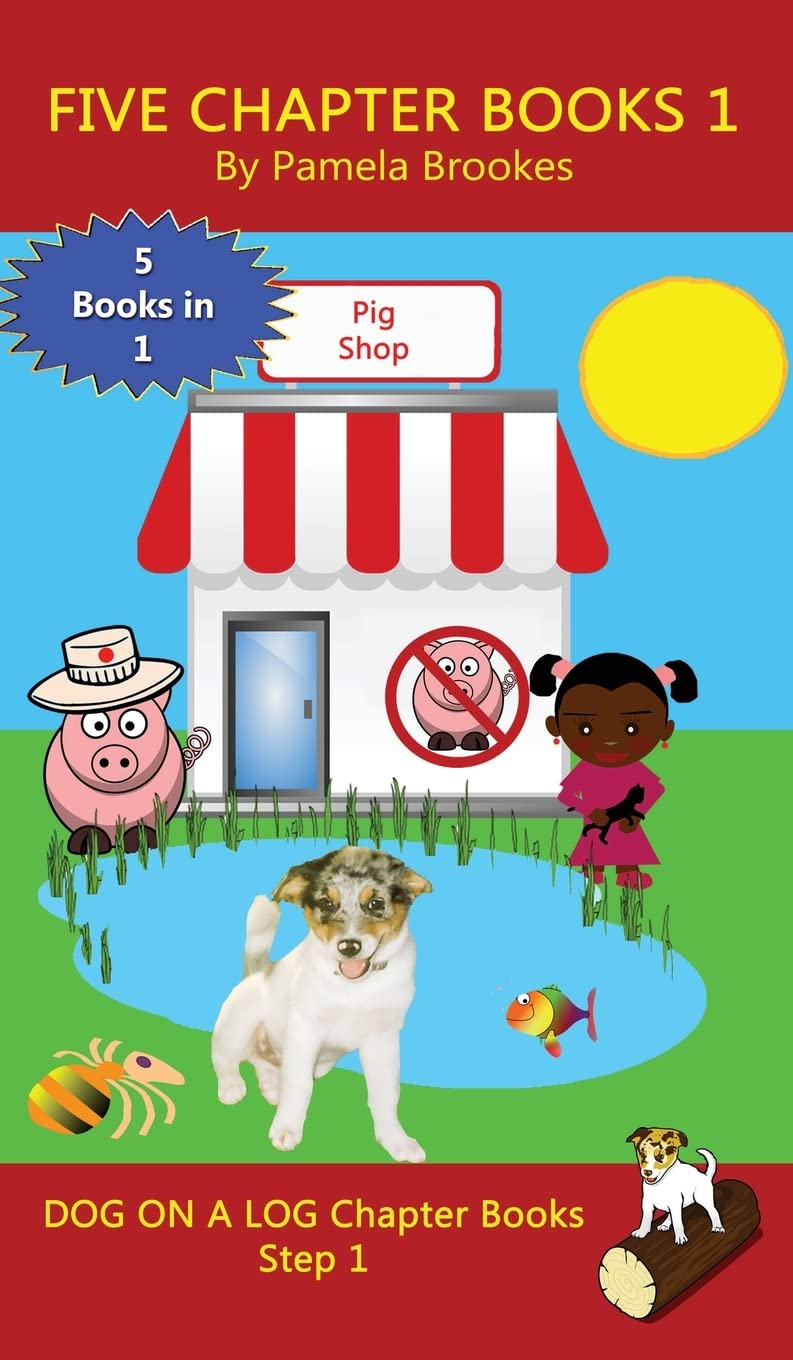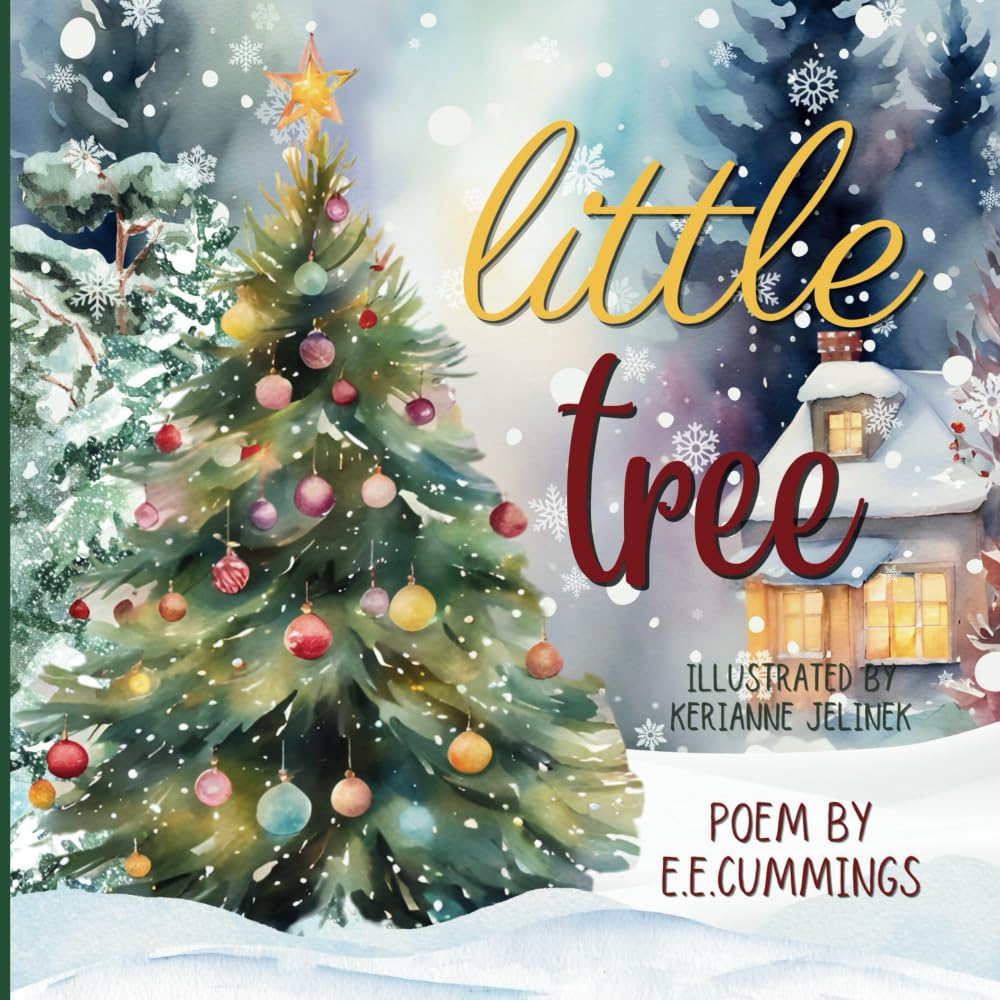Everyone knows how important it is to read with children. But how can you continue your child's learning experience and enjoyment of a story once you close the book? In her engaging new book, Peggy Kaye shows parents and teachers how to play learning games based on classic children's books. Games with Books features 14 picture books, from Harold and the Purple Crayon to Bluesberries for Sa l and 14 chapter books, from Winnie the Pooh to Charlotte's Web . For each book, Kaye provides a summary and then offers three to four games that will keep kids entertained while they are practicing valuable reading, writing and math skills. The games require few materials and can easily be played both in home and at school. They cover a wide skill and age range. In addition to her creative and fun approach to learning, Kaye offers a wonderful bonus in her new book: a selective list of great children's books that no reader -- young or old -- will want to miss. Kaye has made a name for herself with books like Games for Math and Games of Reading. Here's more in a handy simultaneous publication. Copyright 2001 Reed Business Information, Inc. “An extremely valuable resource for parents.” ―Betty Holmes, Director, United Federation of Teachers, Dial-a-Teacher “Kaye is a master at turning learning tasks into easy games.” ― Library Journal Peggy Kaye , a tutor and educational consultant, is the author of Games for Math , Games for Writing and Games for Learning . She has a master's degree in early-childhood education from Columbia University's Teachers College and has taught in both public and private elementary schools. She lives in New York City. The Carrot Seed Written by Ruth Krauss Illustrated by Crockett Johnson 1945 Good Reading for Preschool and Kindergarten Should children always listen to their parents? Most adults will say yes, but many thoughtful children will argue otherwise. The Carrot Seed tells the story of a little boy who refuses to mind his parents' sensible advice. In so doing, he sets an elegant example of childhood independence. Should grownups introduce children to such a seditious tale? Yes, absolutely. The little boy plants a carrot seed, and he is sure his carrot will grow. His mother doubts, his father doubts, his big brother doubts, but the little boy has faith. Despite the naysayers, the boy patiently cares for his plant. "And then, one day, a carrot came up just as the little boy had known it would." How often does a young child manage to prove that he is right and that the grownups are grandly and gloriously wrong? In real life, not often. But it happens every single time you read The Carrot Seed . Ruth Krauss, the author, creates her carrot fable with just one hundred one words. After a few readings, therefore, your child may memorize some of the pages and start reciting words with you. Such pretend reading is extremely valuable for young children. A child who pretends to read, even if his eyes never land on words, begins to think of himself as a reader. He gets lost in books -- the way all avid readers do. He will love his books. A child who already loves books will work hard, when the time is right, to learn to read in the non- pretend version. In between readings of The Carrot Seed , you might consider turning your attention to one or another of the following three activities. All three relate directly to the book. All three will set your child to thinking in valuable ways. Take a few minutes to read through the activities and pick one you believe will intrigue your child and that you, too, might find amusing. If more than one game appeals, better yet. So long as you and your child enjoy yourselves, you are doing the right thing. How Many Carrots? Grades preschool and kindergarten Materials three bunches of carrots, masking tape Skills learning about measurement What a carrot the boy grows! It is huge. It is as big as the boy himself. How does the height of a normal, everyday carrot compare to the height of a normal, everyday preschooler or kindergartner? Why not find out with your child? Before you begin, make sure you have three bunches of carrots -- leafy tops removed -- in your kitchen. When you are ready to measure, have your child lie down on a wood or linoleum floor, then run a long strip of masking tape from his feet to the top of his head. Once the masking tape is in place, your child can stand up. Spend a minute or two studying the tape. If your child has never seen his horizontal length before, he may be surprised at how far the tape stretches across the floor. Next, take the carrots and help your child line them up, tip to stem, until you have a row that matches the tape. If your child is between four and five carrots tall, snap off the top of the fifth carrot so that you get a match. Count and you will know your child's carrot height. It might be four carrots, or it might be four and a little bit more. If your child enjoyed discovering his ca



